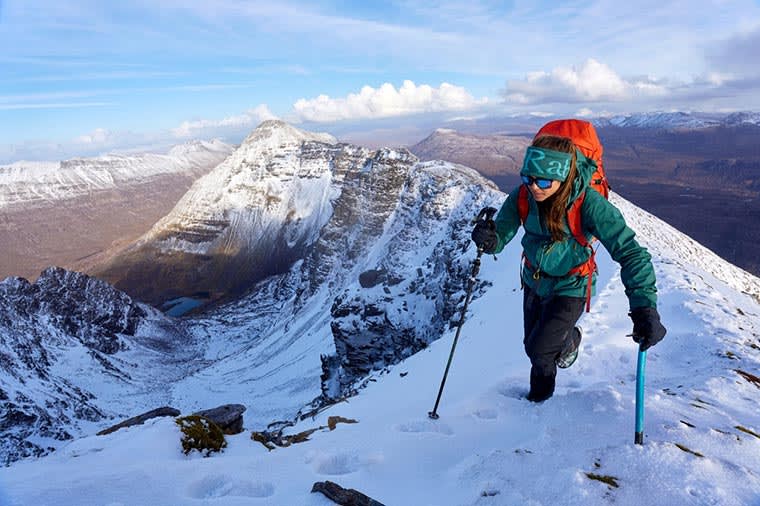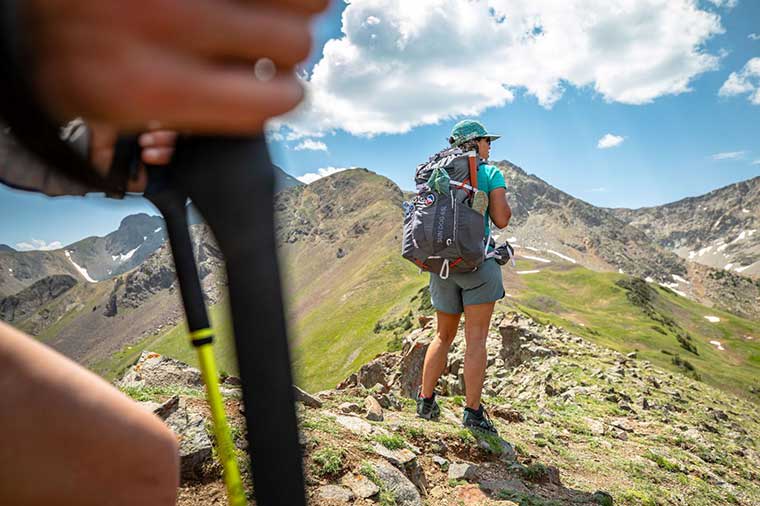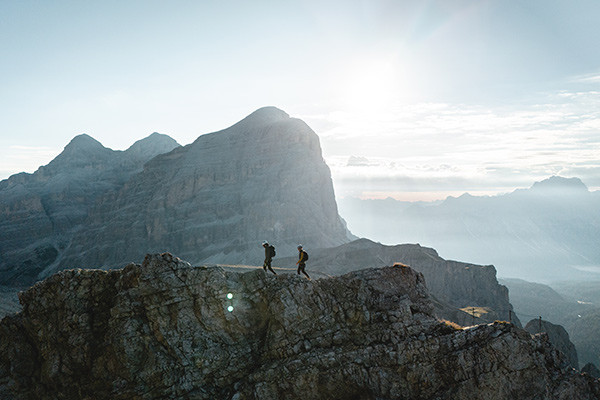PFAS: Toxic Chemicals, Outdoor Recreation, and You
Posted by Derek Newman on 8th Jul 2024
Leaving No Trace At A Microscopic Level
It’s a sad truth that some of the gear we use to explore the outdoors was created using chemicals that harm the same places we love to explore. From the wax on our skis to the coatings covering our rain gear, thousands of harmful, man-made “Forever Chemicals” known as PFAS (polyfluoroalkyl substances) stick to snow, melt into rivers, and can now be found in plants, animals, and even our own bodies. Fortunately, state legislatures and some outdoor brands are making efforts to reduce the impact on the environment we all love to play in.

The irony of forever chemicals is that the reason why they’re bad for the environment is the same reason why we use them in outdoor recreation: they resist weather. Raindrops, snowflakes, and moisture slide right off PFAS-treated surfaces to keep us comfortably dry while we brave the storm. They’re so effective at resisting weather that they don’t disintegrate at all. Their half-lives range anywhere from 3 to 1,000 years. Studies show that PFAS are linked to potential adverse health impacts like liver damage, thyroid disease, decreased fertility, high cholesterol, obesity, hormone suppression and cancer.
In response to the health risks posed by PFAS, twelve states (CA, CO, CT, HI, MD, ME, MN, NY, OR, RI, VT, and WA) banned PFAS in food packaging. Four states (CA, CO, MD, and WA) restricted PFAS in personal care products. New York state has enacted a ban on any textiles with intentionally added PFAS starting December 31, 2023 and on January 1, 2025, a California bill will go into effect, banning new textiles containing PFAS. Colorado and Washington are currently researching safer alternatives to forever chemicals in apparel. Rather than wait for further legislation, certain outdoor companies are already taking an initiative to rid PFAS from their production. Fair warning though, just about every company is willing to say they’re going green without putting any effort in, which people are calling greenspeaking.

Here are a few brands sold on Campman are taking steps to eliminate these chemicals from their supply chains.
Rab

Rab is already going above and beyond to eradicate unnecessary PFAS in DWR, insulation, and trim. We’re impressed by their transparency when it comes to where they are and where they’re heading. They’re completely open that, as of this year, 80% of their products are fluorocarbon-free. You can scan a QR code tagged with the product to get a complete list of material facts, almost like a nutritional label. With promises like being 100% fluorocarbon-free by AW 2024, as well as Net Zero by 2030, we consider Rab one of the outdoor industry’s leaders in working to replace PFAS with non-toxic alternatives.
NEMO

While some of NEMO's products are PFAS-free, like the OSMO Tents, and even with promising to cut emissions in half by 2030, we’re mostly impressed with NEMO’s dedication to reuse. Reuse is a third of true sustainability, after all. Nemo recently launched an Endless Promise collection of 100% recyclable materials. Each product includes a QR code with instructions on how to repair and recycle so you can get the most of each product before recycling it.
Big Agnes

Big Agnes is on a big mission to reduce its impact on the environment. From working towards being 100% PFAS-free to using facilities powered by 100% renewable energy, Big Agnes is looking at every aspect of their business and finding ways to affect the environment less. Many of their newer products already use a PFAS-free water repellant finish and they’re on a mission to expand the number of PFAS-free products in the next couple of years. Out of all the brands in our catalog, Big Agnes is among the most environmentally ambitious.
What You Can Do

As more PFAS bans in textiles go into effect, more companies will be forced to change their manufacturing practices, meaning that many product lines will start to change. In short, if you’re particular about waterproof gear and want to stock up on your favorite pair of ski pants or waterproof jacket, now is the time to do it, as certain legacy DWR-type coatings are likely to go away forever.
However, with brands and states working towards a PFAS-free future, we recommend supporting their efforts now. If you haven’t already, try some of the innovative, PFAS-free products when it’s time for a new waterproof layer. Thanks to extensive testing, the best-in-class options perform similarly to their PFAS-treated counterparts. Making these purchases shows outdoor brands that we’re dedicated to reducing our collective impact on our favorite outdoor places.
About the Author
 Derek Newman
Derek Newman
Born in the Wasatch, Derek has had an affinity for mountain life since day one. He was on skis the year he learned to walk, and as a high school graduation present he gifted himself rock climbing lessons. Nearly two decades later, Derek spends most of his time climbing up and/or skiing down most of the mountains around Salt Lake City, and he's traveled around the world multiple times for the sole purpose of peak exploration. When he isn't a man about camp, he's working in Campman's content marketing crew writing up blogs about backcountry skiing or rock climbing as well as describing products that he's used personally. He's climbed in most climbing shoes, toured on most backcountry skis, and ridden the resort on skis, snowboards, and even some evac sleds.
Share on:

